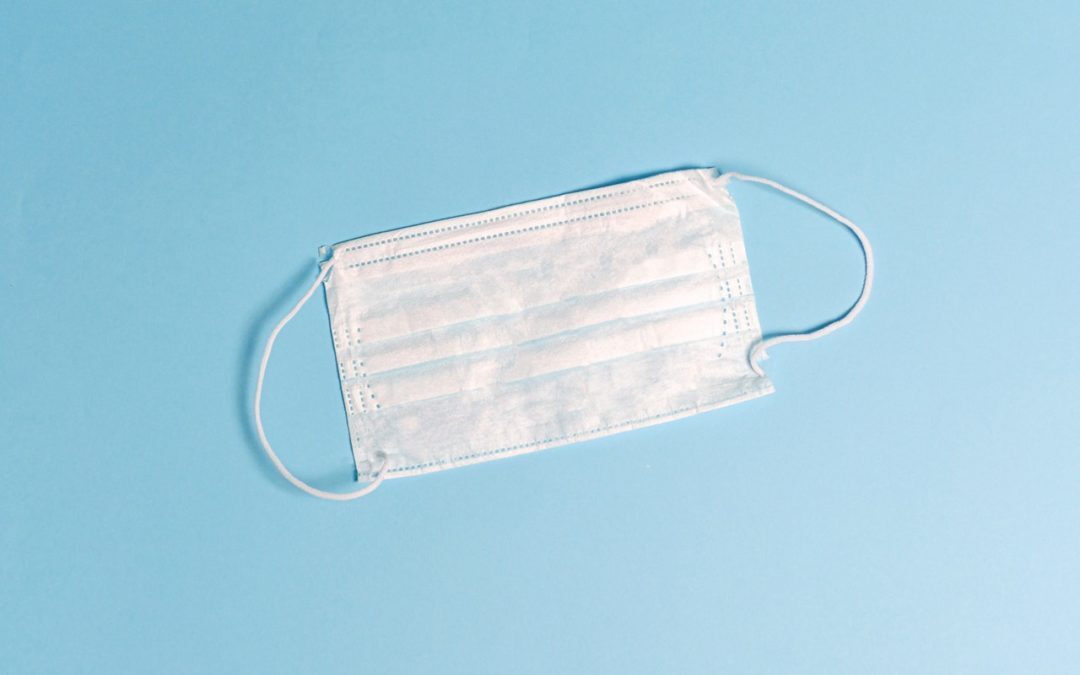Wearing face masks during the pandemic has made communicating with clients – or anyone for that matter – increasingly difficult. We’ve gone from striking candid one-on-ones and group conversations to instead communicating through video calls, text messages, and phone calls. There has been a major shift in our culture that might well stay permanent, for better or for worse.
In this new age of wearing face masks, it is more important than ever to use non-verbal communication to emphasize what we say through body language and gestures.
What is non-verbal communication?
Non-verbal communication is one of the most important methods for conveying thoughts and feelings. Through body language, facial expressions, or eye contact, we convey our emotions without using words at all. In these uncertain times, veterinarians need to communicate effectively with their patients, even when all parties are wearing masks. In some cases, non-verbal communication may be the only way to get one’s point across. Here are a few tips on how to make the most of this important form of communication.
- Eye Contact: Making eye contact with others is the best way to connect and get their attention. Scanning constantly will make it easier for you to spot what they need before anyone else does.
- Head and Facial Gestures: You can still show support for your words with gestures even when you are covered up. For example, tilting the head or smiling at times will help deliver messages better.
- Eye Gestures: Eye gestures are a great way to communicate without words. Your eyebrows, eyelids, and overall eye movement can help clients and colleagues better understand you while also letting them know that they’re being communicated with clearly.
- Active Listening Skills: When you’re talking with someone who has an obstruction in their face or mouth, it’s important to keep the conversation going by using active listening skills. Nodding and leaning-in show that you are actually paying attention.
- Hand Gestures: Hand gestures are one of the most efficient ways to communicate with others. From giving someone a thumbs up or wave, hand motions help reinforce verbal and non-verbal cues in our messages and responses.
We can all benefit from honing our non-verbal communication skills. Increased confidence, stronger relationships with coworkers and clients, and less frustration are just a few of the benefits we can enjoy when we take the time to improve our communication abilities. As we continue to navigate these pandemic protocols, let’s remember that strong communication is key to success. What will you do today to improve your non-verbal communication skills?

